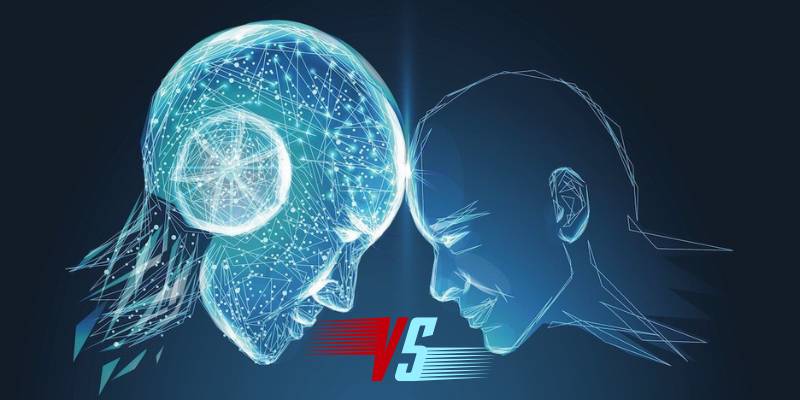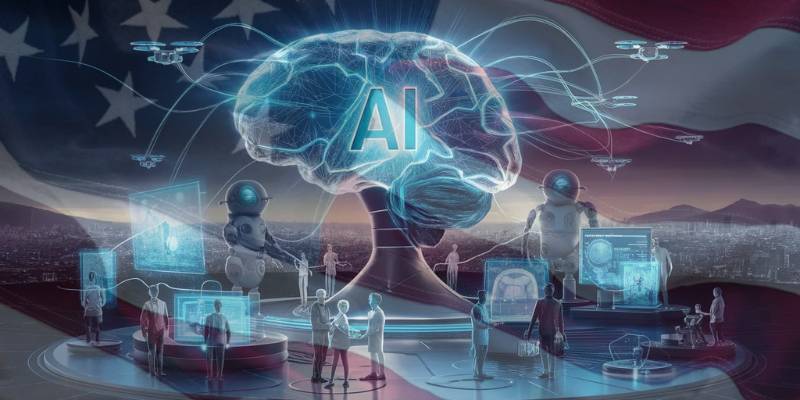Microsoft has just pulled the curtain back on MAI-Image-1, its first-ever in-house image generator — a model designed to rival the big names in visual AI.
This isn’t a mere tech flex; it’s a signal that Microsoft wants more creative control over its AI ecosystem, moving away from dependency on external partners like OpenAI and Stability AI.
The new generator promises cleaner lighting, sharper detail, and a better grasp of spatial realism — think hands with five fingers instead of six.
It’s built to power Copilot, Bing Image Creator, and even future Windows design tools.
While the company hasn’t spilled technical details, insiders suggest it’s trained on proprietary and licensed data, continuing the trend toward “responsible sourcing” after controversies over dataset transparency.
This announcement lands at a time when OpenAI is expanding its hardware ambitions with Broadcom to build specialized AI chips, showing how generative AI giants are branching into vertical integration.
And Microsoft’s play mirrors Anthropic’s soaring confidence — the Claude maker recently projected $20–26 billion in 2026 revenue, according to a Reuters report.
The generative race isn’t just about models anymore; it’s about who controls the full creative stack.
Critics, however, are raising eyebrows over potential copyright blowback.
The U.S. Supreme Court is currently reviewing a case about AI-generated art ownership, and depending on the ruling, platforms like MAI-Image-1 might have to rethink how their content can be commercialized.
Still, the buzz is real. This move could be a turning point for Microsoft’s strategy — not just to compete with the likes of Midjourney or DALL·E, but to redefine what visual creation looks like in an age when algorithms are becoming co-artists.
And if the early demos are anything to go by, MAI-Image-1 might just paint the next big picture in tech’s creative revolution.


